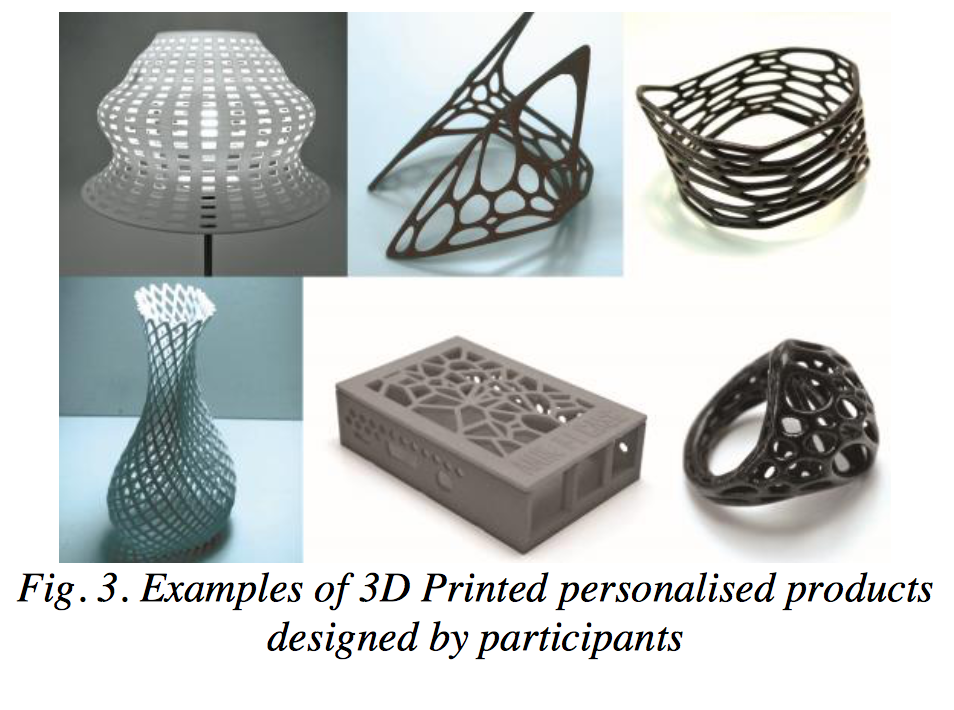This year the founder of MakerBot, Bre Pettis, launched a new venture in the retail of personalised gifts, including some 3D printed items. Bre & Co. 3D printed ceramic sake set retails at, whereas the resin pendants are priced at $180. All products promise to be the kind of objects are intended to be passed down for generations, and many, including the origami watch, have the option to be laser-engraved with a personal message.
When 3DPI looked at Bre’s range in October we couldn’t help wondering: is personalisation really worth the price tag? And, additionally, is a 3D printed object worth more than what you can find on the high street? Loughborough University Institutional Repository in Leicestershire, UK, has addressed these questions in the paper Assessing the Value of 3D Printed Personalised Products published for the International Conference on Mass Customization and Personalization in Central Europe that was held in Serbia from the 21st-23rd September 2016.

For the study, Loughborough University researchers asked ten participants to design their own 3D printable objects. These ten objects were subdivided into categories ‘household’, ‘jewellery’ and ‘gadget’ with individuals opting to create a lampshade, a fruit plate, vases, a ring, bracelets, a bangle, a Rasberry Pi case and a refuse sack holder respectively. Conceptually, each design fitted into the Value Taxonomy of 3D printed product personalisation, as illustrated in the diagram below.


The study found that ultimately consumers were not prepared to pay the extra cost incurred for a 3D printed object in comparison to its high street retail price. In contrast, a comparison of the perceived value of the end product was above the standard for a typical design, somewhat of a contradiction.

Though 3D printing is not truly competing at a consumer level yet, for some it may still be that necessary edge to get that perfect gift for someone. I for one, wouldn’t mind finding a miniature model of one of the world’s most expensive sculptures in my stocking this Christmas.

Featured image shows the 3D printed Origami Teapot from Bre & Co. via: Bre & Co. LLC



